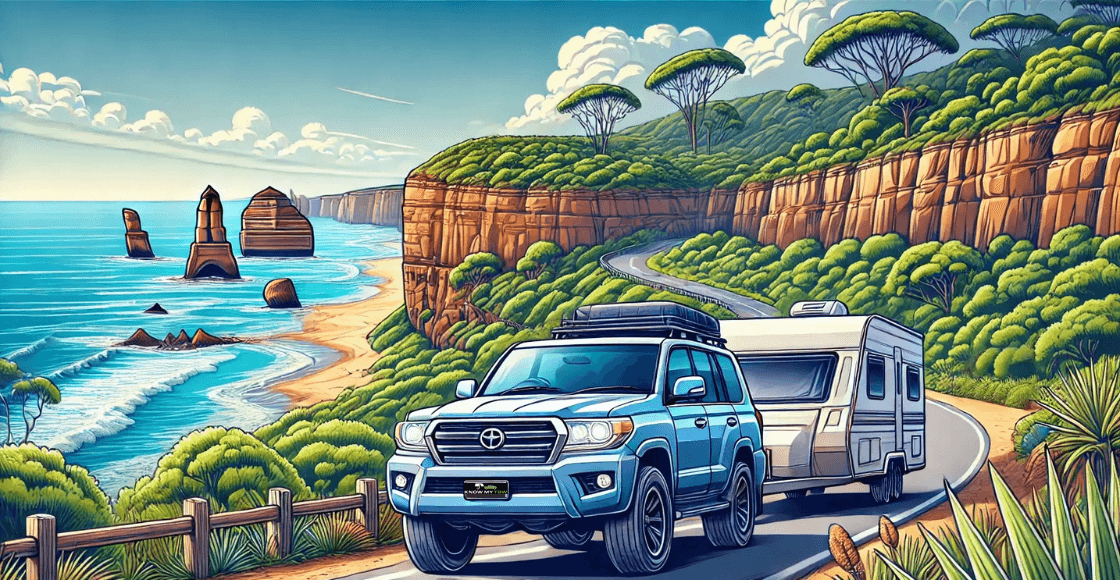Understanding Towing Terminology
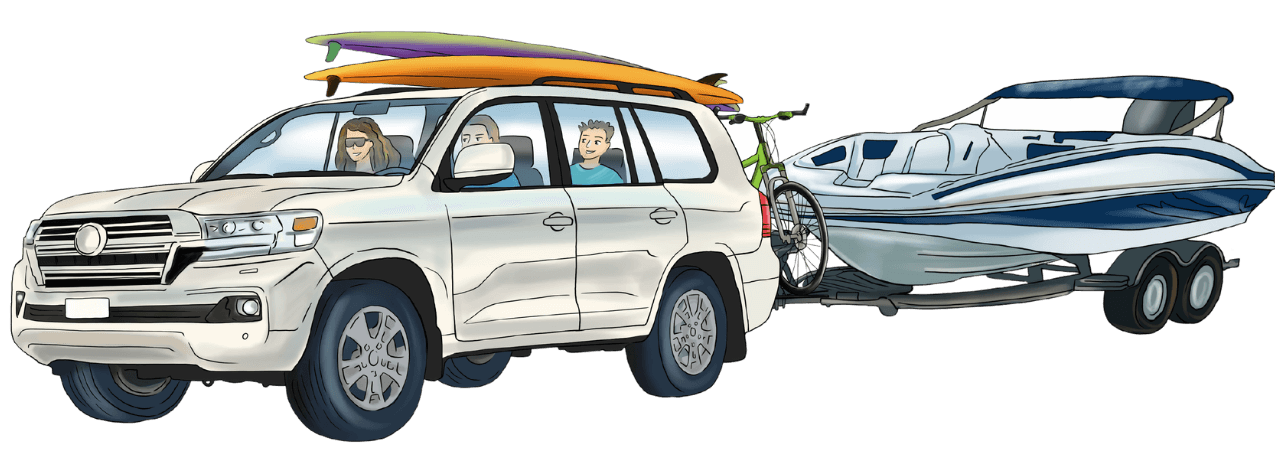
GCM (Gross Combined Mass)
Gross Combined Mass (GCM) refers to the maximum allowable weight of a combination of vehicles, typically a towing vehicle (such as a truck or SUV) and its trailer, when fully loaded. It represents the combined total weight of both the towing vehicle and the trailer, including all passengers, cargo, fluids, and any additional equipment.
Questions - Answers
How do I find my vehicle’s GCM?
You can find the GCM in your vehicle’s owner manual, on the manufacturer’s website, or on the compliance plate typically located in the engine bay or door sill.
Do I need to add towball download to calculate GCM?
No, you do not need to add the towball download separately when calculating GCM if the total tow weight already includes it. The GCM should already account for the combined weight of the vehicle, its load, and the trailer, including the towball download.
How can I ensure I’m within the GCM limits?
Use a towing calculator to factor in all weights, including passengers, cargo, and trailer load, and ensure the total does not exceed the GCM.
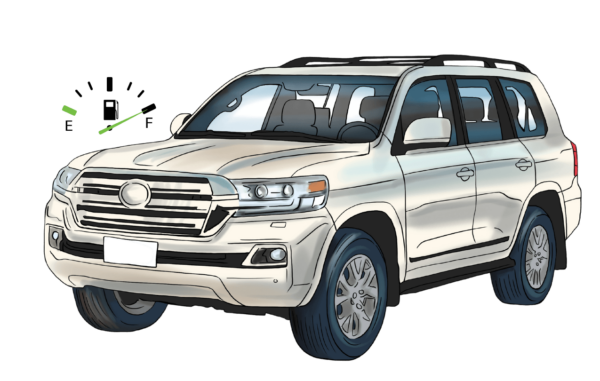
Curb weight
Kerb weight, also known as curb weight, refers to the total weight of a vehicle when it is unoccupied and ready for use, including all fluids, fuel and standard equipment but without any passengers or cargo
Questions - Answers
Is curb weight the same as gross vehicle weight?
No, curb weight is the weight of the vehicle without passengers or cargo, while gross vehicle weight includes the curb weight plus the weight of passengers, cargo, and any additional equipment.
How does curb weight affect towing capacity?
Curb weight is used to determine the vehicle's payload and towing capacity. Understanding the curb weight helps ensure that you do not exceed the maximum weight limits, which can impact vehicle performance and safety.
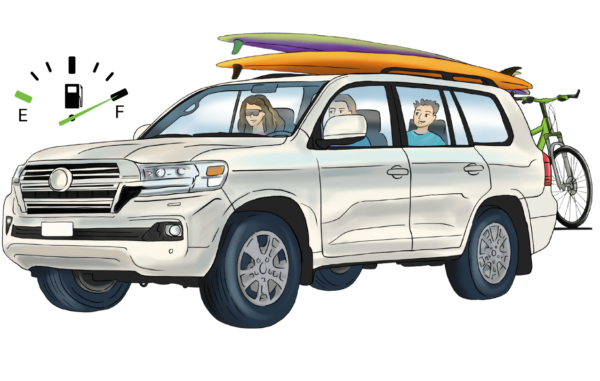
GVM (Gross vehicle Mass)
Gross Vehicle Mass (GVM), also known as Gross Vehicle Weight (GVW), refers to the total maximum weight of a vehicle when fully loaded, including the vehicle's own weight, passengers, cargo, and any additional accessories or equipment. Essentially, it represents the maximum weight the vehicle can safely carry without exceeding its structural limits or compromising safety.
Questions - Answers
How can I ensure I’m within the GVM limits?
Use a towing calculator to factor in all weights, including passengers, cargo, and any modifications, to ensure the total does not exceed the GVM. Regularly check your load distribution and weight.
What does it mean to get a GVM upgrade?
A GVM upgrade involves modifying your vehicle to increase its Gross Vehicle Mass (GVM) beyond the manufacturer’s original specifications. This typically includes upgrading suspension components, brakes, and other parts to handle the increased weight safely. GVM upgrades are often done for vehicles used in heavy-duty applications or when additional payload capacity is required. It’s important to ensure that the upgrade is done by a certified professional and that the vehicle remains compliant with legal and safety standards.
Can a GVM upgrade increase my tow capacity?
No, a GVM upgrade does not directly increase your vehicle’s tow capacity. It increases the allowable weight your vehicle can carry, but the towing capacity is primarily determined by the vehicle’s engine, transmission, brakes, and other factors specified by the manufacturer. While a GVM upgrade can help manage higher payloads, you must still adhere to the original tow capacity limits set by the vehicle manufacturer.

Payload
Payload refers to the maximum weight a vehicle can carry, including passengers and cargo. It specifically denotes the weight capacity available for additional items beyond the vehicle's own weight, such as luggage, equipment, or other goods. Payload is a crucial especially for those who frequently carry heavy loads or tow trailers, as exceeding the payload capacity can lead to safety issues and vehicle damage.
Questions - Answers
How does towball download affect my vehicle's allowable payload?
The towball download is the downward force the trailer exerts on the hitch and is considered part of your vehicle’s allowable payload. For example, if your vehicle has a payload capacity of 800 kg and the towball download is 100 kg, you have 700 kg left for passengers, cargo, and other equipment. It's essential to factor in the towball download to ensure you stay within your vehicle's payload limits and maintain safe driving conditions.
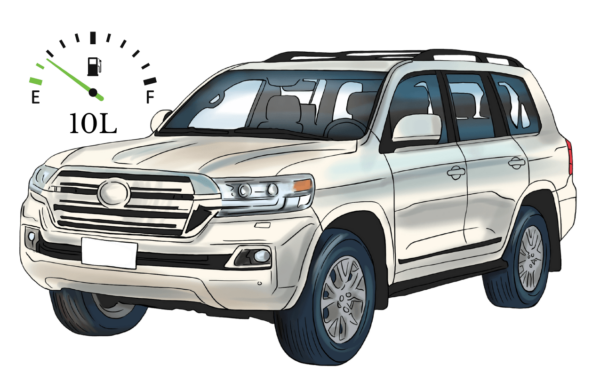
Tare Weight
This is the weight of an empty standard vehicle with all of its fluids (for example, oils and coolants) and specifically 10 litres of fuel in the tank. Essentially, it is the same as the Kerb Weight or Mass but with only 10 litres of fuel instead of a full tank.
Questions - Answers
Does tare weight include the weight of aftermarket accessories?
No, tare weight typically does not include the weight of aftermarket accessories. These should be added to the tare weight to determine the actual loaded weight of the vehicle.
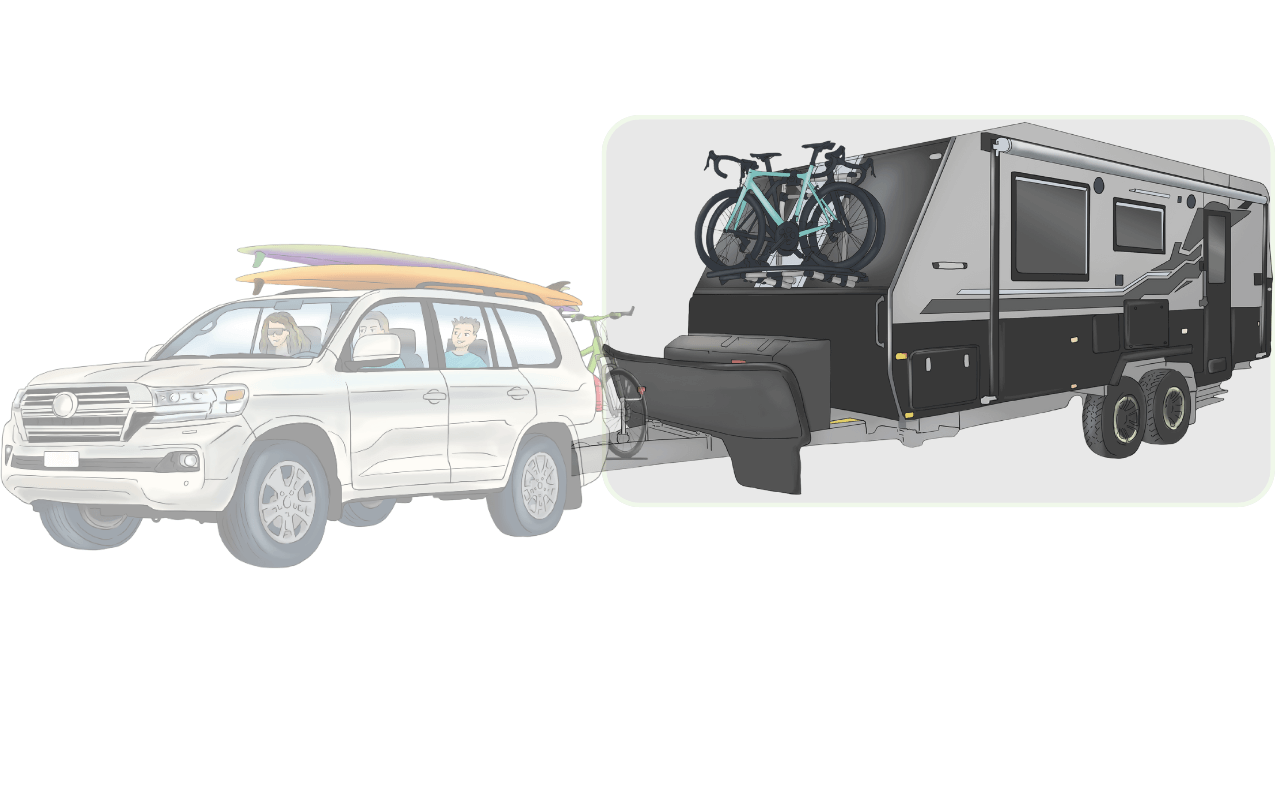
Tow Capacity Braked
Tow Capacity Braked refers to the maximum weight a vehicle can tow when the trailer being towed is equipped with its own braking system. This specification indicates the maximum load the towing vehicle can handle while the trailer's brakes assist in slowing down and stopping the combined vehicle-trailer unit safely. For most vehicles, this is any towing weight above 750kg
Questions - Answers
What is the difference between braked and unbraked towing capacity?
Braked towing capacity refers to the maximum weight your vehicle can tow when the trailer has its own braking system, while unbraked towing capacity refers to the maximum weight your vehicle can tow when the trailer does not have its own brakes.
Does the towball download affect braked towing capacity?
Yes, the towball download is a factor in your vehicle's overall towing capacity. It should be included in your calculations to ensure you do not exceed the maximum allowable weight.
Can I increase my vehicle’s braked towing capacity
Increasing braked towing capacity is generally not recommended, as it is determined by the manufacturer based on the vehicle’s design and capabilities. Always adhere to the manufacturer’s specifications to maintain safety and compliance.
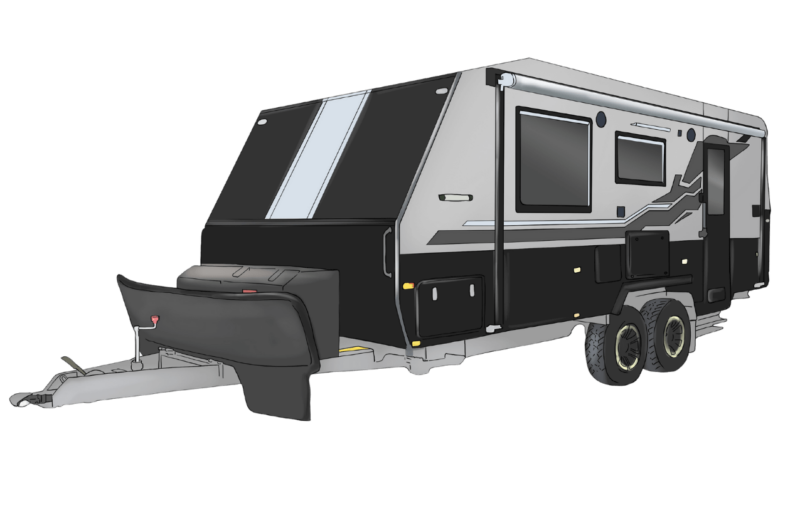
Tare Weight (non – Vehicle)
Tare Weight (non – Vehicle): tare weight refers to the weight of the trailer when it is empty and does not contain any cargo, passengers, or additional items. It includes the weight of the vehicle's structure, chassis, wheels, and any installed equipment or features (such as gas bottles for caravans), but does not include the weight of any cargo, water, fuel, or other items that may be carried when the vehicle is in use
Questions - Answers
How do I find the tare weight of my trailer or caravan?
The tare weight can usually be found on the compliance plate attached to the trailer or caravan, in the owner’s manual, or provided by the manufacturer.
Does the tare weight include water and gas tanks?
Typically, tare weight includes empty water and gas tanks. The weight of any filled tanks should be added to the tare weight to calculate the total loaded weight.
Can the tare weight change over time?
Yes, any modifications, added accessories, or wear and tear will change the tare weight. It’s important to recheck the weight if significant changes are made to the trailer or caravan.
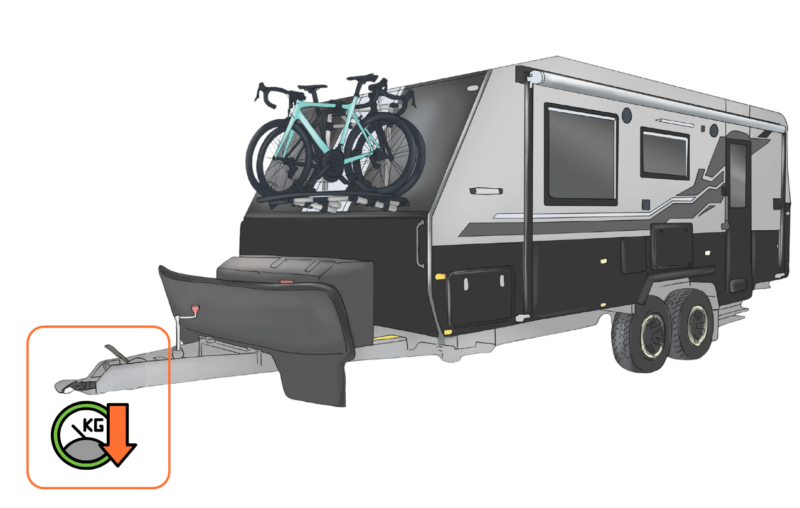
Towball download
Towball download, also known as tongue weight or hitch weight, refers to the downward force exerted on the tow vehicle's towball or hitch by the tongue of a trailer or caravan when it is connected for towing. It is the weight that presses down on the rear of the towing vehicle and is essential for maintaining stability and control while towing
Questions - Answers
How do I measure towball download?
Towball download can be measured using a towball scale. Place the scale under the trailer's hitch and read the weight directly from the scale.
What should my towball download be?
Typically, the towball download should be around 10% of the trailer’s total weight. Refer to your vehicle and trailer’s manufacturer specifications for exact recommendations.
Can I adjust the towball download?
Yes, you can adjust the towball download by redistributing the weight within the trailer. Moving heavier items towards or away from the hitch can increase or decrease the towball download.
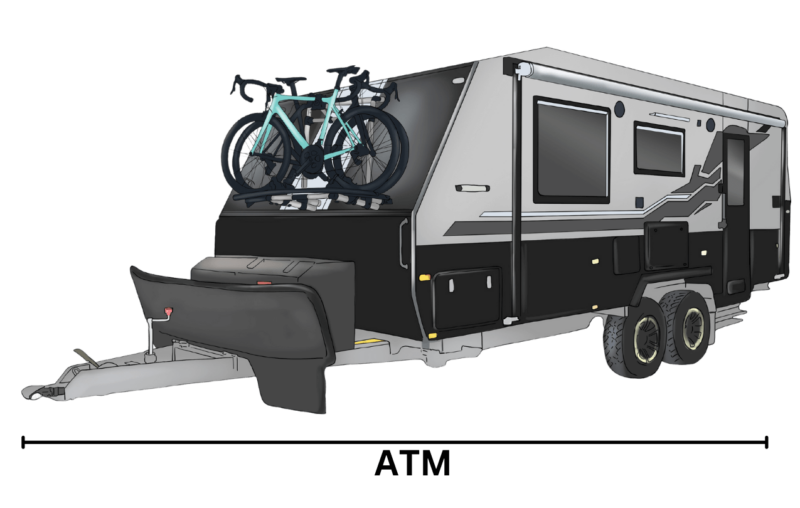
Aggregate Trailer Mass (ATM)
Aggregate Trailer Mass (ATM) refers to the maximum loaded weight of a trailer unhitched, including its own weight and the weight of any cargo, passengers, and fluids it may carry. Essentially, ATM represents the total mass that the trailer can safely support when fully loaded. This includes the weight of the trailer's structure, chassis, wheels, and any installed equipment or features, as well as the weight of any items being transported
Questions - Answers
How is ATM different from Gross Trailer Mass (GTM)?
ATM includes the total weight of the trailer and its load, while GTM is the portion of the ATM that is supported by the trailer’s axles, not including the towball download.
How do I find my trailer’s ATM?
The ATM is usually specified on the trailer’s compliance plate, in the owner’s manual, or provided by the manufacturer.
How do I ensure I’m within the ATM limit?
Weigh your trailer when fully loaded, including all cargo and accessories, to ensure the total weight does not exceed the specified ATM.
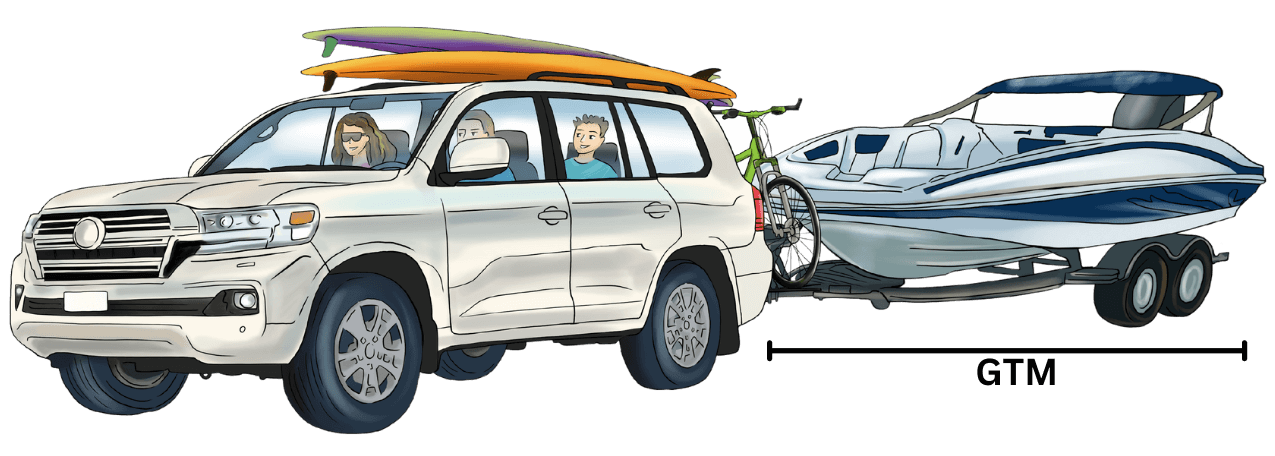
Gross Trailer Mass (GTM)
Gross Trailer Mass (GTM) refers to the total weight of a trailer hitched to your vehicle when it is fully loaded, including its own weight as well as the weight of any cargo, passengers, and fluids it may carry. Essentially, GTM represents the maximum mass that the trailer is designed to support when in use
Questions - Answers
How can I find my trailer’s GTM?
The GTM can be found on the trailer’s compliance plate, in the owner’s manual, or provided by the manufacturer.
Why is GTM important?
GTM is essential for ensuring that the trailer's axles and wheels are not overloaded, which can lead to tire failure, axle damage, and unsafe towing conditions.
How does GTM differ from Aggregate Trailer Mass (ATM)?
GTM is the weight supported by the trailer’s axles, while ATM includes the entire weight of the trailer and its load, including the portion supported by the towing vehicle’s towball.
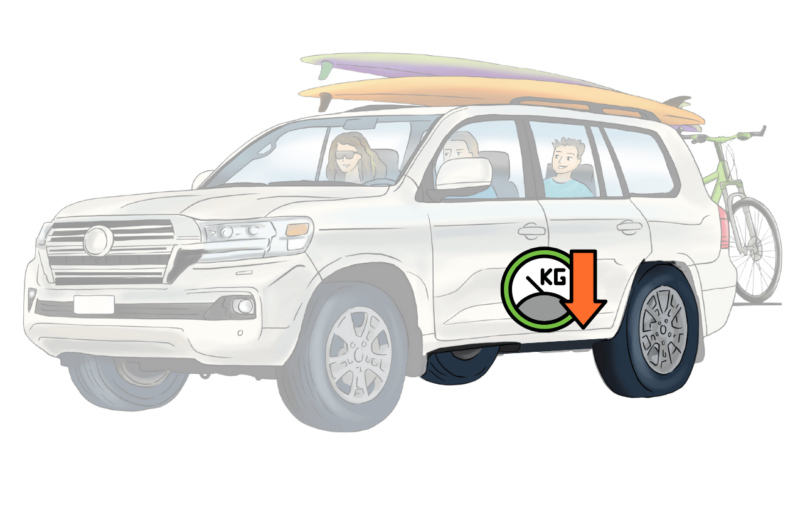
Rear Max Axle Load
Rear Max Axle Load, often abbreviated as RMAL, refers to the maximum weight that can be supported by the rear axle of a vehicle. It represents the maximum load that the rear axle, along with its associated components such as tires, suspension, and brakes, can safely carry without exceeding their design limits.
Questions - Answers
Can rear max axle load be increased?
Increasing the rear max axle load typically requires modifications to the suspension and axles and must be done in compliance with legal and safety standards. Consult with a professional before making any changes.
How do I ensure I’m within the rear max axle load limit?
To ensure you are within the rear max axle load limit, weigh your vehicle when fully loaded and ensure the rear axle load does not exceed the specified limit.
Does the rear max axle load include the weight of the trailer?
The rear max axle load includes the weight transferred to the vehicle's rear axle by the trailer through the towball download. Ensure the combined load does not exceed the axle limit.
How does loading a tow weight increase the weight on the rear axle?
Loading a tow weight can significantly increase the weight on the rear axle, often by around 150%. This happens because the towball download from the trailer adds additional force directly onto the vehicle's rear axle. It's essential to consider this increased load to avoid exceeding the rear max axle load limit, ensuring safe towing and vehicle stability.
Popular Family SUVs & Tow Rigs • See below for vehicle stats

Ford Ranger 4x4
Year 2023

Toyota Landcruiser 300
Year 2023

Isuzu DMAX 4x4
Year 2023

Isuzu MU-X 4x4
Year 2023

NIssan Patrol Y62
Year 2023

Toyota Hilux 4x4
Year 2023

2023 Volkswagen Touareg 170TDI 4MOTION
Year 2023

SSangyong Rexton 4x4
Year 2023

Nissan Navara 4x4
Year 2023

Toyota Prado 4x4
Year 2023

Ford Everest
Year 2023

2023 Hyundai Santa Fe Auto
Year 2023
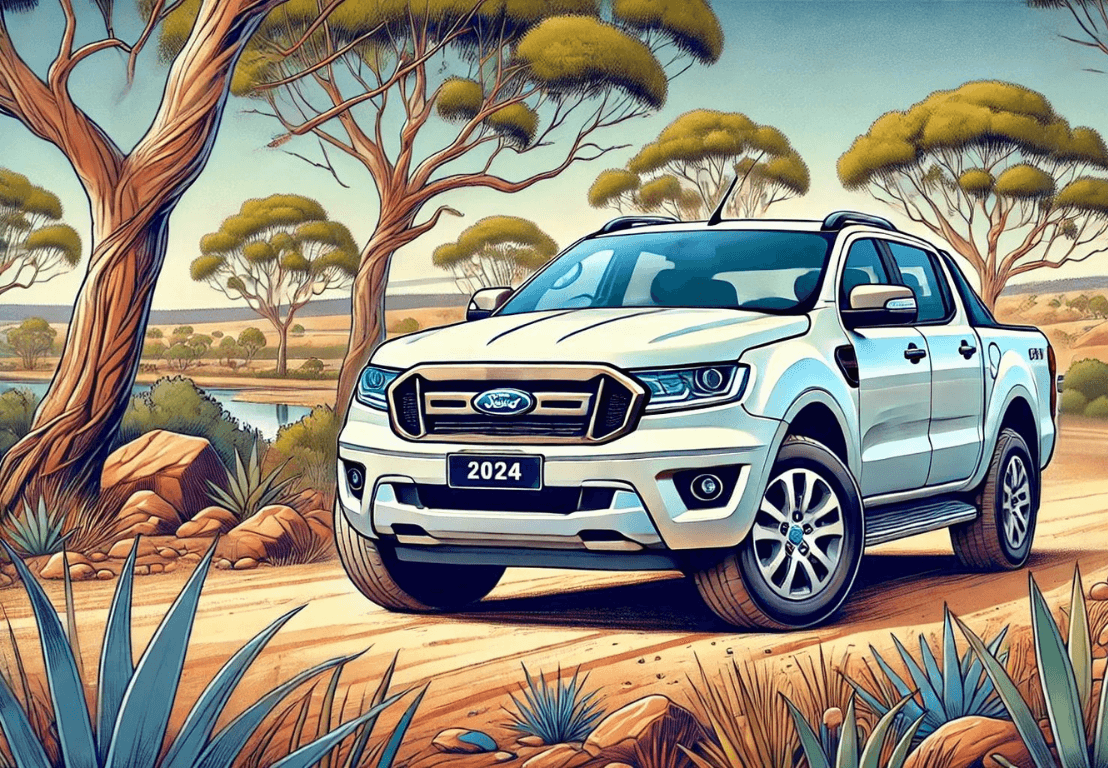
Manufacturer Ford Ranger 4x4
OEM Specifications
Weight
Gross Vehicle Mass
3350 kg
Gross Combined Mass
6400 kg
Payload
1030 kg
Rear Max Axle Load
1959 kg
Tow Capacity (Braked)
3500 kg
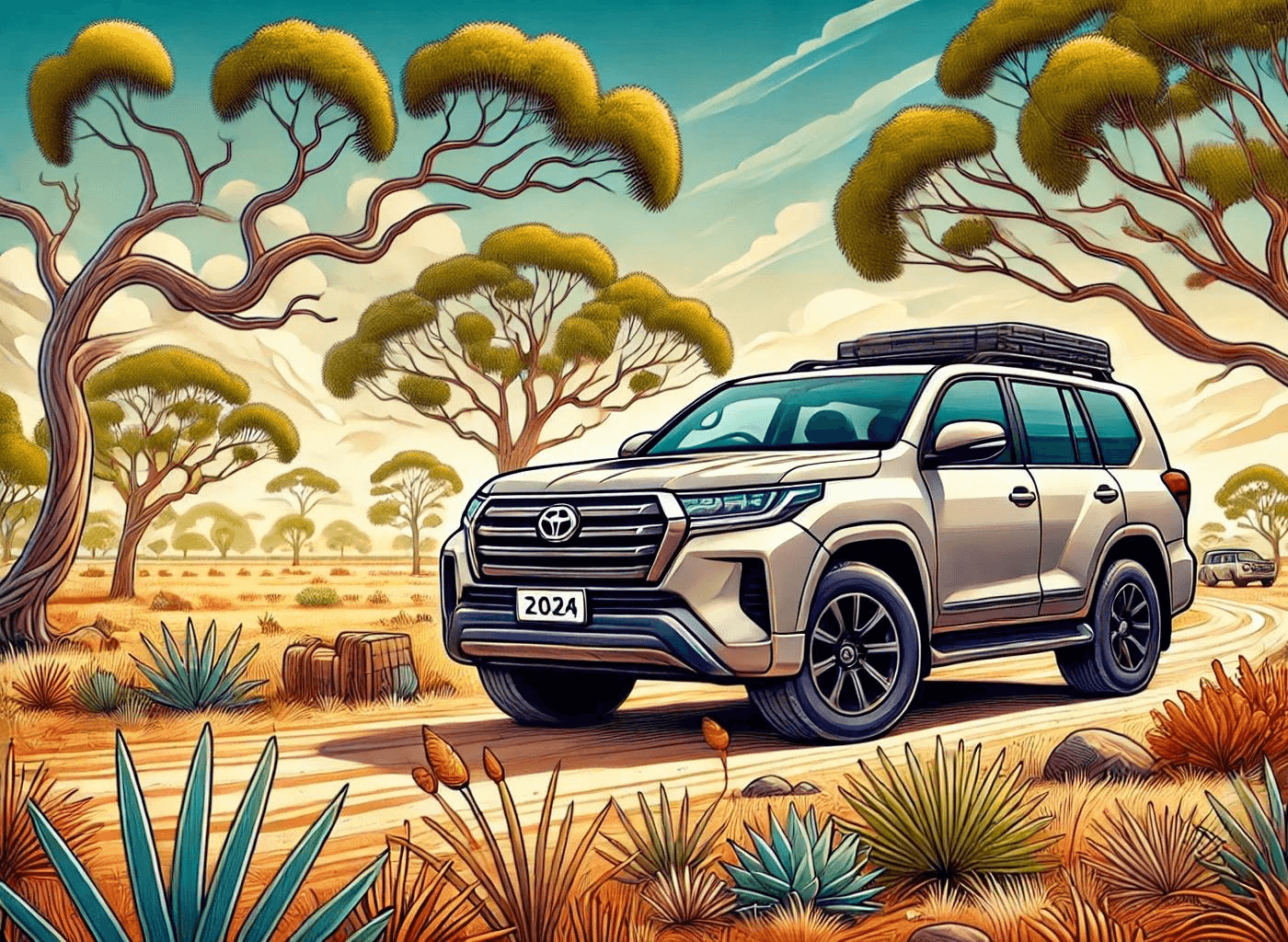
Manufacturer Toyota Landcruiser 300
OEM Specifications
Weight
Gross Vehicle Mass
3280 kg
Gross Combined Mass
6750 kg
Payload
650 Kg
Rear Max Axle Load
1930 kg
Tow Capacity (Braked)
3500 kg

Manufacturer Isuzu DMAX 4x4
OEM Specifications
Weight
Gross Vehicle Mass
3100 kg
Gross Combined Mass
6000 kg
Payload
935 kg
Rear Max Axle Load
1910 kg
Tow Capacity (Braked)
3500 kg
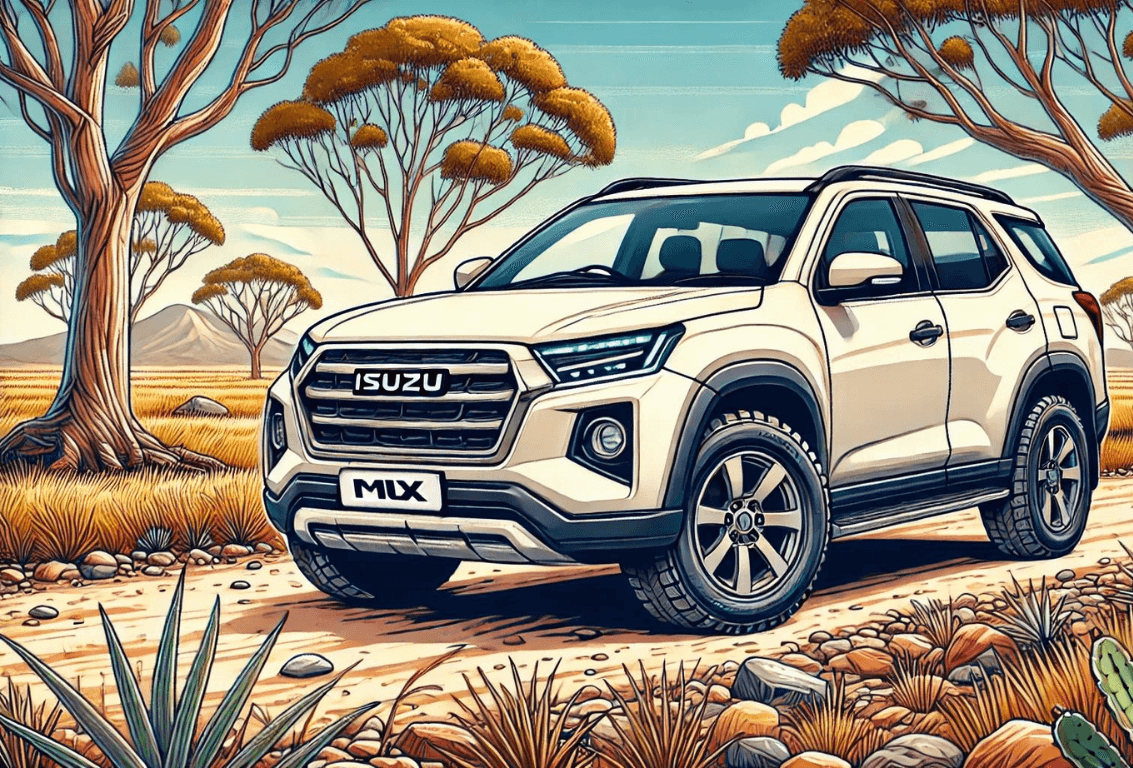
Manufacturer Isuzu MU-X 4x4
OEM Specifications
Weight
Gross Vehicle Mass
2700 kg
Gross Combined Mass
5900 kg
Payload
620 kg
Rear Max Axle Load
1650 kg
Tow Capacity (Braked)
3500 kg
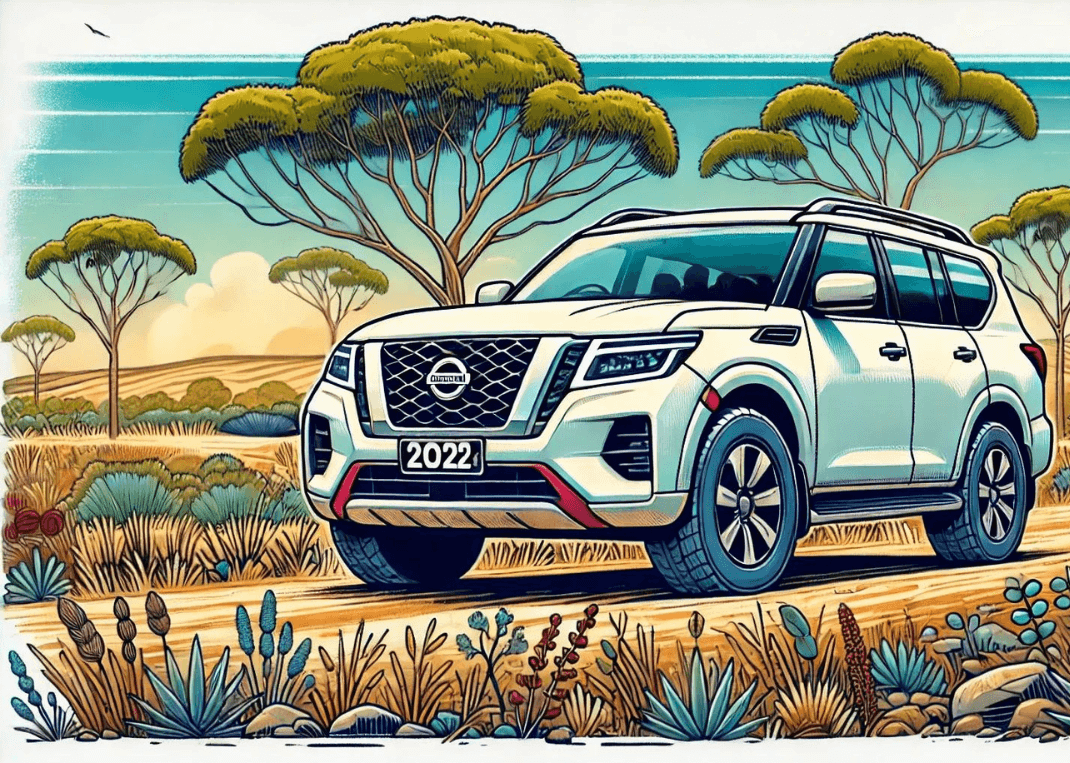
Manufacturer NIssan Patrol Y62
OEM Specifications
Weight
Gross Vehicle Mass
3500 Kg
Gross Combined Mass
7000 Kg
Payload
789 Kg
Rear Max Axle Load
2550 kg
Tow Capacity (Braked)
3500 kg
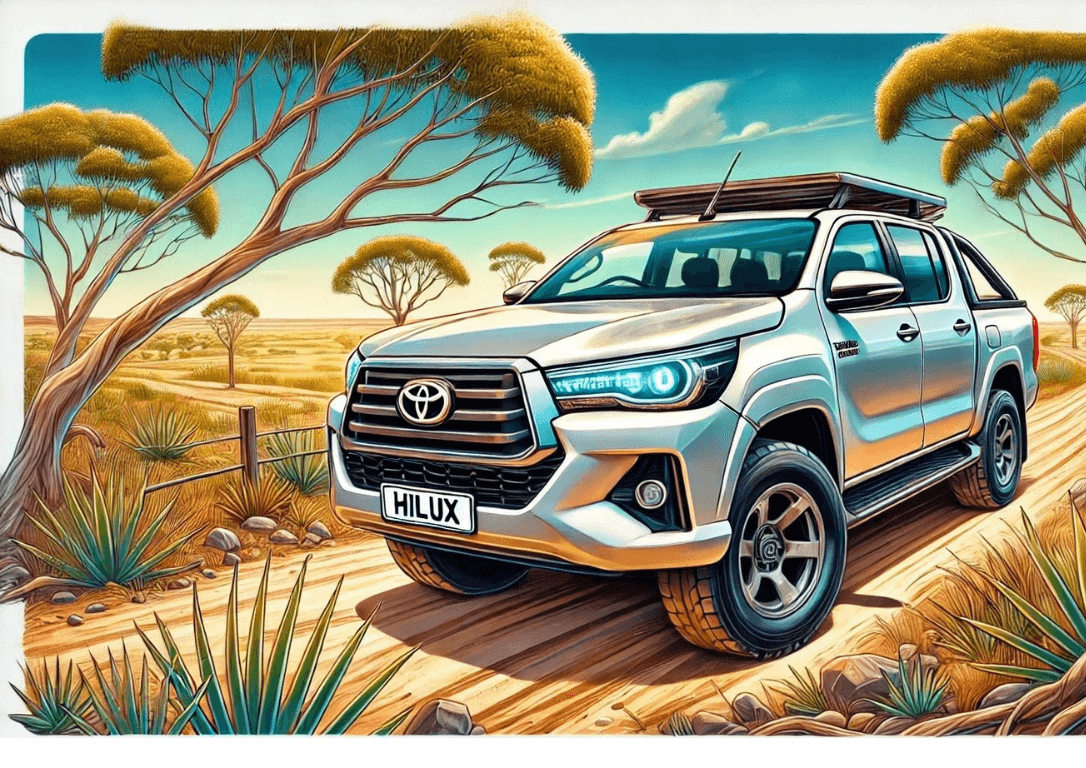
Manufacturer Toyota Hilux 4x4
OEM Specifications
Weight
Gross Vehicle Mass
3050 Kg
Gross Combined Mass
5850 Kg
Payload
780 Kg
Rear Max Axle Load
1700 kg
Tow Capacity (Braked)
3500 kg

Manufacturer 2023 Volkswagen Touareg 170TDI 4MOTION
OEM Specifications
Weight
Gross Vehicle Mass
2850 kg
Gross Combined Mass
6350 kg
Payload
750 kg
Rear Max Axle Load
1470 kg
Tow Capacity (Braked)
3500 kg

Manufacturer SSangyong Rexton 4x4
OEM Specifications
Weight
Gross Vehicle Mass
2960 Kg
Gross Combined Mass
6460 Kg
Payload
830 Kg
Tow Capacity (Braked)
3500 kg
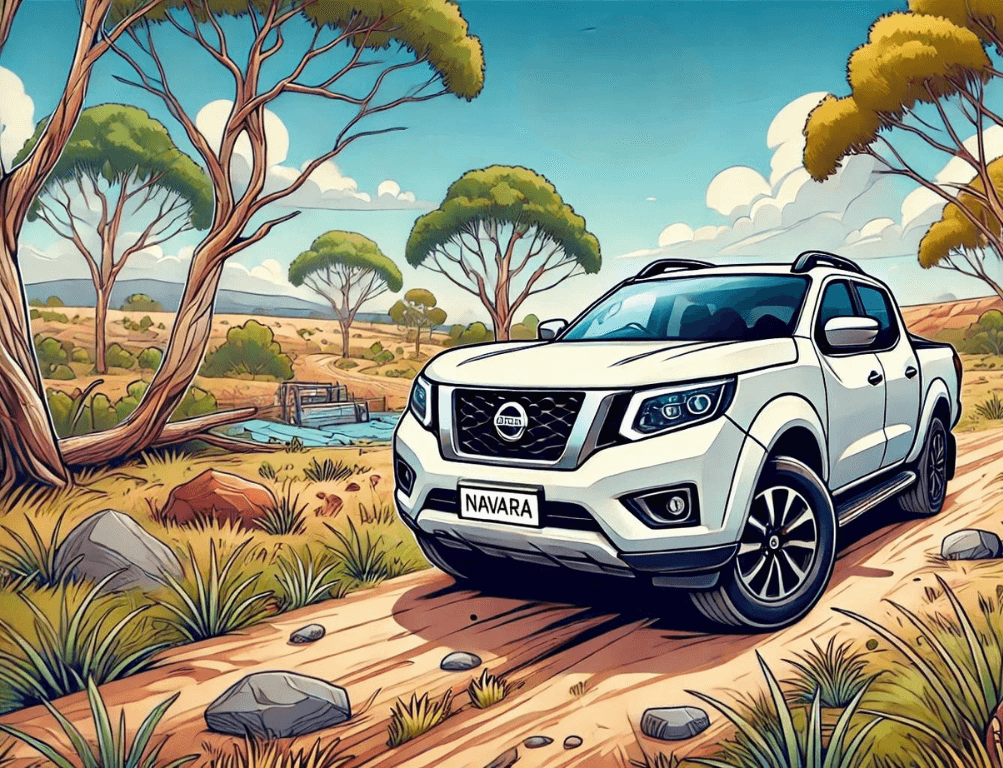
Manufacturer Nissan Navara 4x4
OEM Specifications
Weight
Gross Vehicle Mass
3250 kg
Gross Combined Mass
5910 kg
Payload
961 kg
Rear Max Axle Load
1850 kg
Tow Capacity (Braked)
3500 kg
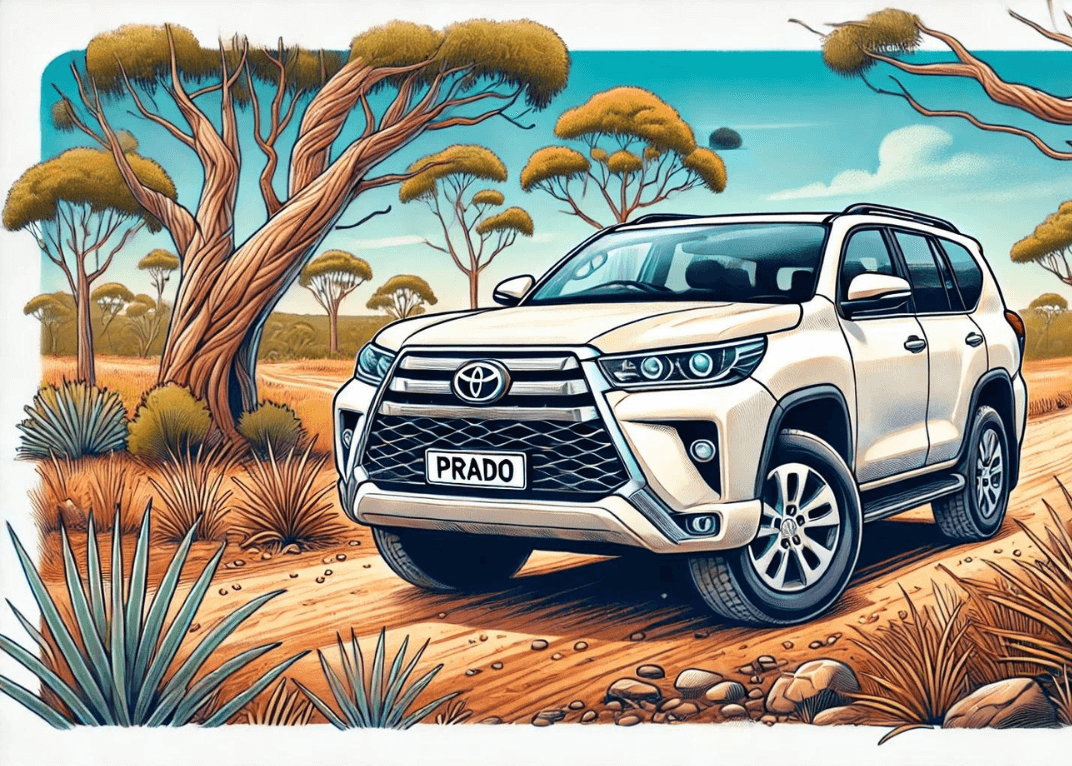
Manufacturer Toyota Prado 4x4
OEM Specifications
Weight
Gross Vehicle Mass
2990 kg
Gross Combined Mass
5990 kg
Payload
875 kg
Rear Max Axle Load
1730 kg
Tow Capacity (Braked)
3000 kg

Manufacturer Ford Everest
OEM Specifications
Weight
Gross Vehicle Mass
3150 kg
Gross Combined Mass
6250 kg
Payload
696 kg
Rear Max Axle Load
1770 kg
Tow Capacity (Braked)
3500 kg

Manufacturer 2023 Hyundai Santa Fe Auto
OEM Specifications
Weight
Gross Vehicle Mass
2610 kg
Gross Combined Mass
5110 kg
Payload
667 kg
Rear Max Axle Load
1450 kg
Tow Capacity (Braked)
2500 kg

